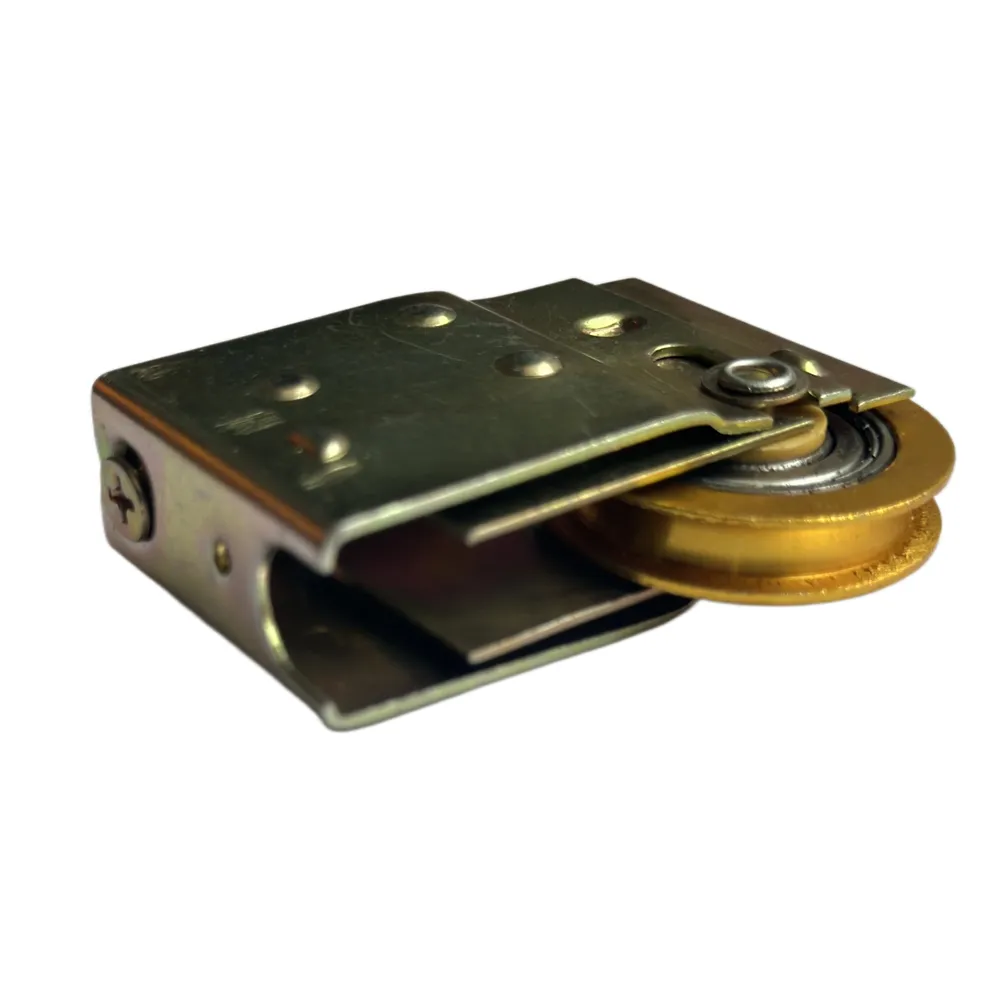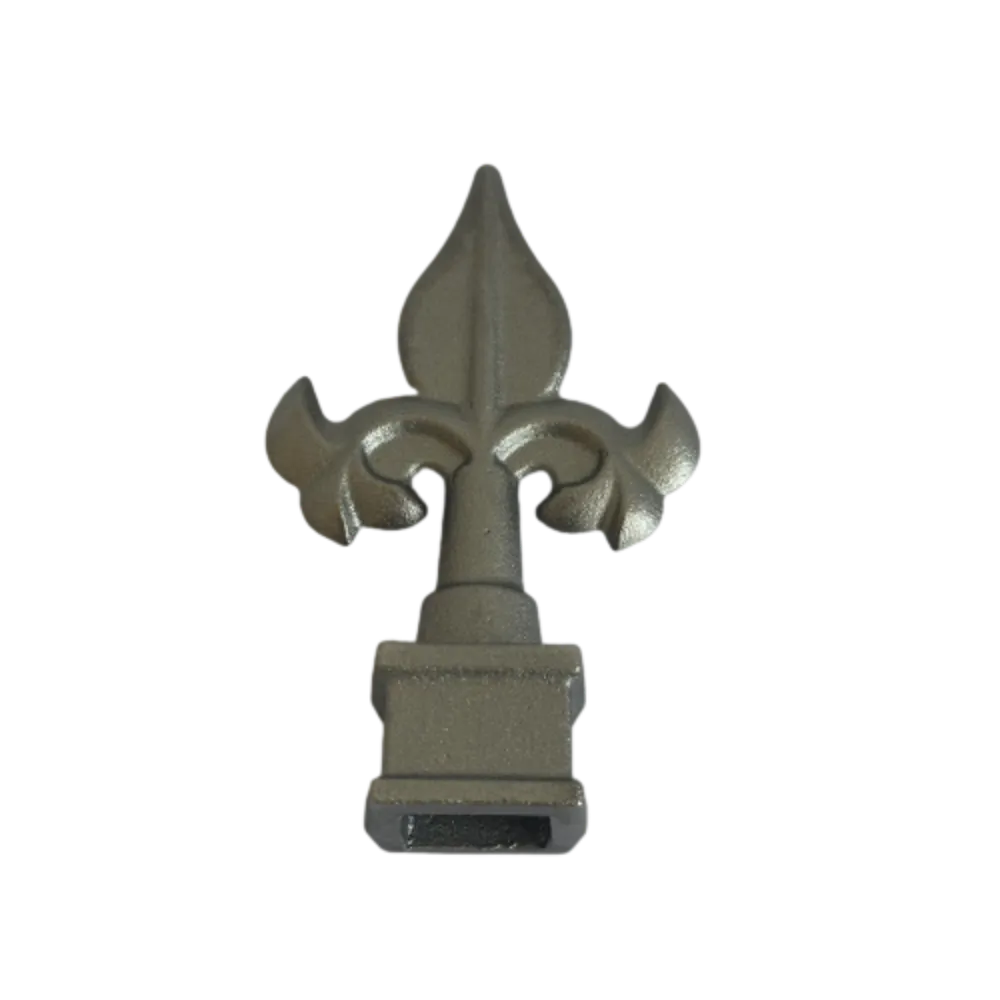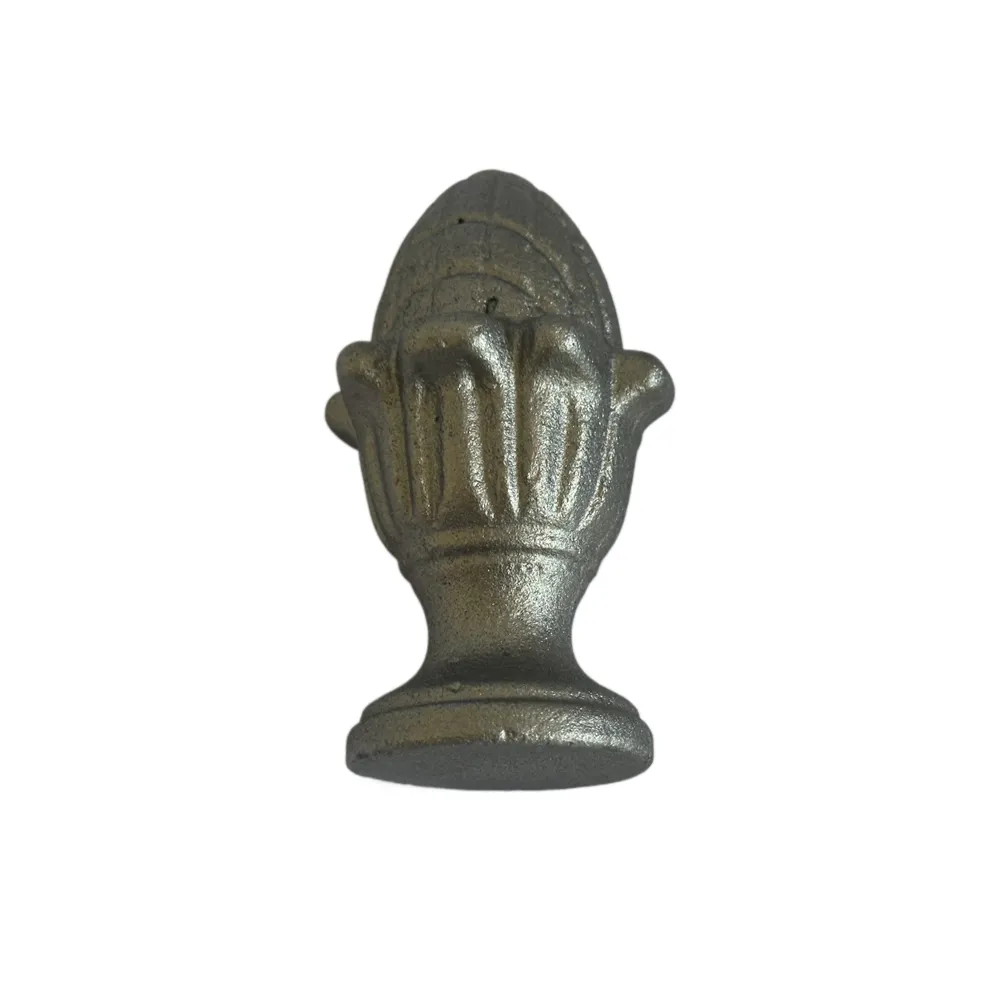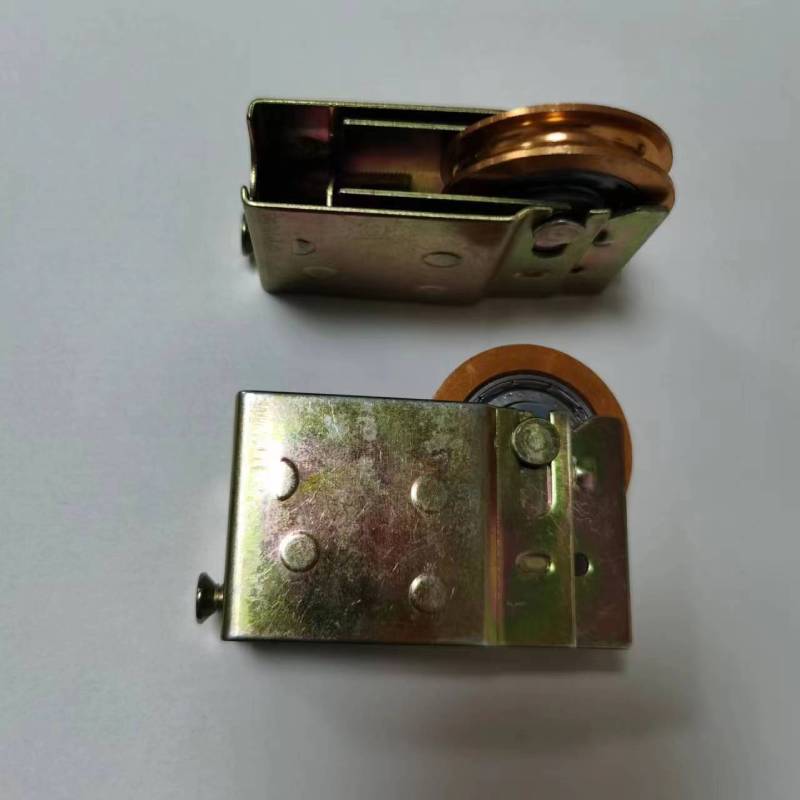As a supplier of aluminum door and window profiles, we know very well that customers have higher and higher expectations for the appearance of doors and windows. Therefore,Aluminum has also invested a lot of technology in the surface treatment of aluminum profiles to meet customers' needs. So what surface treatments are often used for aluminum door and window profiles? Usually include matte, multi-color surface treatment, electrophoretic, anodizing, polishing, and other processes.
Anodizing
Anodizing can overcome defects in aluminum alloy surface hardness and wear resistance. Anodized aluminum profile, anti-static, easy to clean without dust collection, has excellent heat dissipation. Beautiful appearance, uniform color, no fading. It can also improve the bonding force between the organic coating and the inorganic covering layer. Anodizing is also the door and window surface treatment technology most favored by Aluminum customers.
Powder coating
Powder coating uses electrostatic coating equipment to spray powder coating onto the profile surface. Powder-coated aluminum profiles are available in various colors, with a low probability of color difference and good corrosion resistance. We have our vertical powder coating equipment workshop that supports aluminum profiles of any length. If you want to know more, you can contact us.
Electrophoretic spraying
Electrophoretic paint film has full, uniform, smooth, and smooth coating advantages. The electrophoretic coating is highly resistant to corrosion and weathering. It has a more decorative effect than spray paint or powder coating, which is very popular among customers.
Matte treatment
The main function is surface cleaning. Sandblasting of aluminum alloy doors and windows before painting (painting or plastic spraying) can increase surface roughness and improve adhesion to a certain extent. Still, the contribution is limited, which is better than the pre-treatment of chemical paint. The matte aluminum profile avoids the defect that the bright aluminum alloy profile will cause light interference under certain circumstances and conditions in architectural decoration. Its surface is as delicate and soft as brocade, which is very popular among customers.
Wood Grain
Wood grain transfer is a surface treatment technology that reproduces various wood grain textures on the surface of aluminum profiles. Wood grain transfer printing has excellent anti-aging, fading, corrosion resistance, and weather resistance and fully displays the beautiful wood grain texture, which is also very popular among customers.
Aluminum profile surface treatment is one of the important links in producing aluminum alloy doors and windows. Good surface treatment greatly affects the corrosion resistance, weather resistance, and service life of aluminum alloy doors and windows. With the continuous advancement of technology, Aluminum can provide aluminum profiles with higher quality and more favorable prices for door and window suppliers.
 pocket door track and rollers. Unlike traditional hinged doors, which require extensive modification to the surrounding walls, pocket doors can often be installed without the need for structural changes. This makes them a cost-effective option for those looking to save money on renovations.
pocket door track and rollers. Unlike traditional hinged doors, which require extensive modification to the surrounding walls, pocket doors can often be installed without the need for structural changes. This makes them a cost-effective option for those looking to save money on renovations.


 This longevity has contributed to the continued use of wrought iron in fencing, especially in historic preservation and restoration projects This longevity has contributed to the continued use of wrought iron in fencing, especially in historic preservation and restoration projects
This longevity has contributed to the continued use of wrought iron in fencing, especially in historic preservation and restoration projects This longevity has contributed to the continued use of wrought iron in fencing, especially in historic preservation and restoration projects
 These rollers often include additional features like adjustable height and built-in locks for enhanced security These rollers often include additional features like adjustable height and built-in locks for enhanced security
These rollers often include additional features like adjustable height and built-in locks for enhanced security These rollers often include additional features like adjustable height and built-in locks for enhanced security